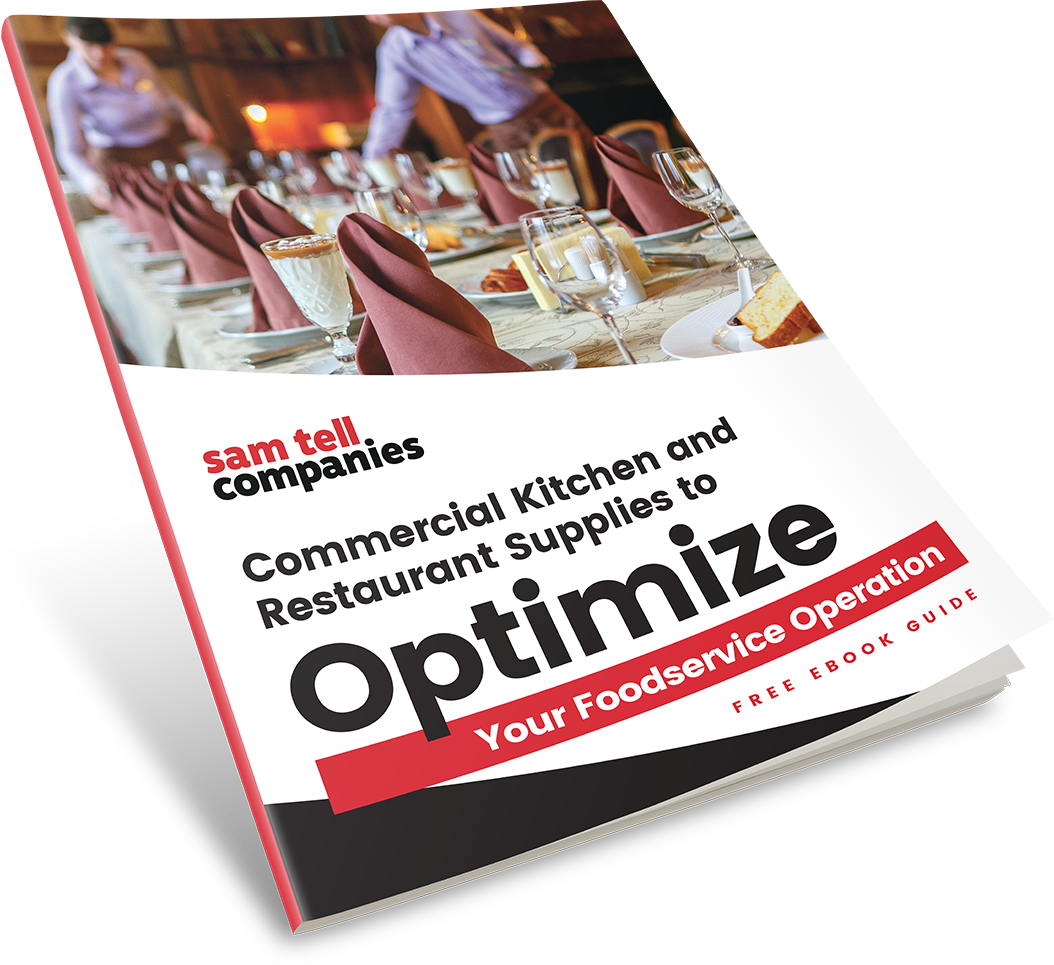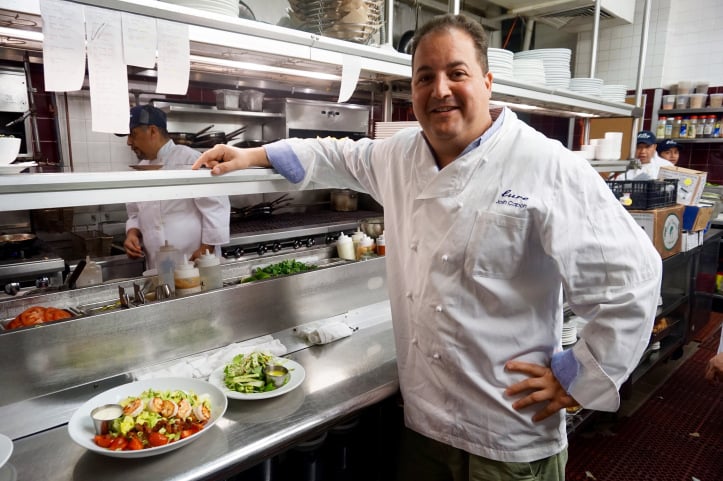If you’re running a commercial foodservice operation, an oven is an essential piece of equipment. Even operations where cooked or baked goods aren’t the menu's main event normally have some need to cook or bake certain things. Different foods, as any chef knows, have different requirements when it comes to cooking, and that means more than just setting the oven to the right temperature.
The type of commercial oven has significant implications for the kitchen’s cooking activities.
When it comes to restaurant ovens, there are lots to choose from, and just as many applications. Three of the most popular types are: standard, convection and conveyor.
Here's a breakdown of these three commercial oven types, how they differ, and their major benefits.
Standard Ovens
As the name suggests, standard ovens, also known as radiant ovens, are the most general model found in restaurant kitchens, and are fairly basic in function. Heat from a mechanism (generated either by burning gas or electricity) warms up the cooking compartment to the proper temperature. This simplicity makes standard ovens the most affordable option, yet does come with some disadvantages.
Standard ovens can meet the basic cooking needs of most commercial foodservice operations, but have a reputation for cooking food slowly and sometimes unevenly, as the hot air is not always properly circulated.
Convection Ovens
Convection ovens have become a preferred choice for chefs and bakers for solving the major drawback of a standard oven. While heat is generated in much the same way, a convection oven uses fans to circulate the hot air. This improves cooking by ensuring evenly heated air, while also yielding several other benefits, including shorter cooking times at lower temperatures, compared to standard ovens.
These advantages come at a premium, as convection ovens are typically more expensive than radiant ovens. This initial cost can yield some long-term savings, however. Faster heating times at lower temperatures mean greater energy efficiency, and faster cooking with a higher quality equates to more product being prepared for customers to enjoy.
Conveyor Ovens
Take a look in the kitchen of your favorite fast-casual restaurant or pizza place, and there’s a good chance you’ll see a conveyor oven. This convenient variety of commercial oven is perfect for any eatery producing large quantities of cooked or baked foods on a continuous basis with similar temperature and time requirements.
Kitchen staff need only set the proper temperature and speed of the conveyor belt and its contents will travel the length of the oven (which can be as long as 48 inches), and cook evenly by a constant stream of heat until it arrives at the end.
The convenience with which conveyor ovens can deliver a consistent product with little effort from kitchen staff makes them a favorite choice for quick-service restaurants needing to meet high demand in a short time.
Finding the Perfect Fit
A restaurant’s oven choice is critical to the overall function of the entire kitchen, and should not be taken lightly. It’s important to take the following into consideration:
- The needs of your menu
- Your budget
- The skill level of your staff
- The demands of your customers








